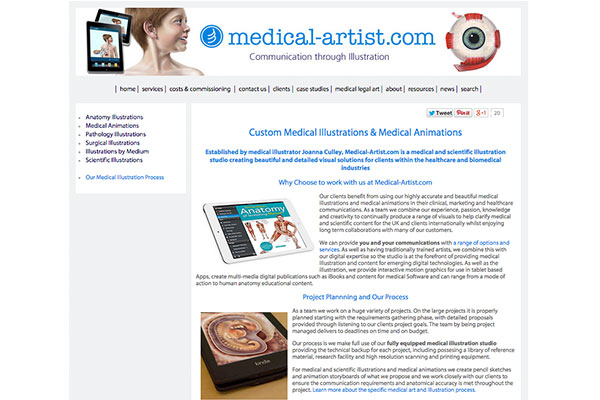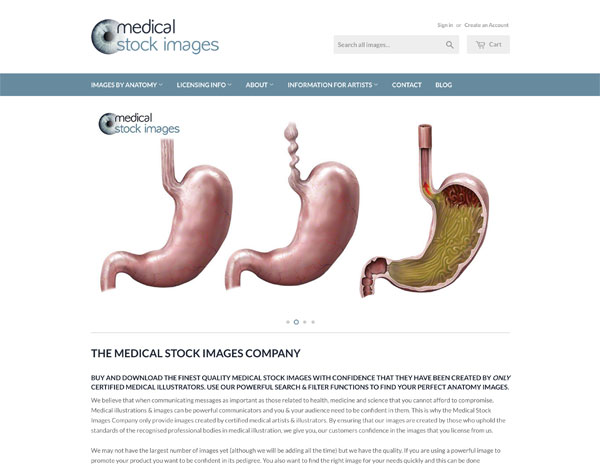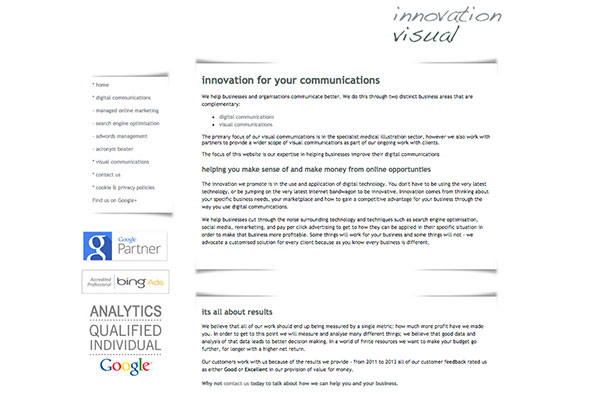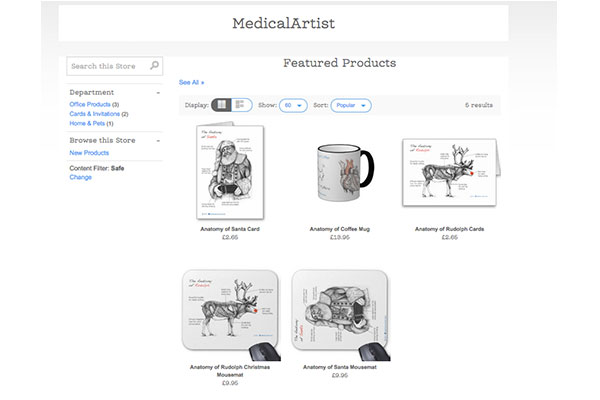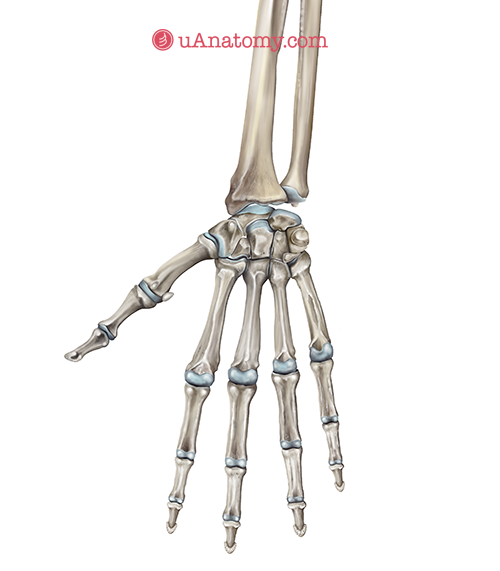
The Anatomical Wonders of the Human Hand
6 January, 2014 / 0 Comments / IllustrationsFew structures are as unique as the hand. Its mobile, strong, can be coordinated with precision like movement and is built of muscle, ligament, bones and joints that all structured perfectly in relation to each other.
So How Does the Hand Work?
The anatomy of the hand is made up of 27 bones within the hand and wrist alone. These bones provide the support and flexibility. The ulna and radius that form the forearm support the many muscles. Rotation of the radius around the ulna results in the supination and pronation of the hand i.e. rotating the arm fully to the left or to the right.
The many muscles located in the hand and wrist work together in groups. One group controls just the bending or straightening of the wrist, another group the motion of the fingers or thumb. Muscle groups also work in coordination with each other to position and hold the wrist and hand while the thumb and fingers grip or perform fine motor action.
In between the bones are the ligaments and joints providing strength and allow mobility. This is because ligaments are made of tough bands of tissue strong enough to connect the bones together. Ligaments also connect the bones of the wrist with the radius, ulna, and metacarpal bones. These ligaments are important in balancing the movement of all of the wrist bones.
Together all the different parts of the hand anatomy give us an amazing tool. Its dexterity is so unique it can be used to play music, prepare food, work machinery, or use a mouse.
What’s additionally interesting is the fact that hands have help build bionic prosthetic hands. Even prosthetic hands that can feel and sense touch. With advanced technology embedded electrodes act as the touch sensors in a prosthetic hand by stimulating remaining nerves. This ability to restore touch is key for the dexterity a human needs to perform basis tasks, as tactile information can tell a person how much force to use when grasping objects for example. The prosthetic hands are fitted to those with severed or hands lost through accident or disease, and go a ling way to restoring a persons ability to live a fully functioning and normal life.
